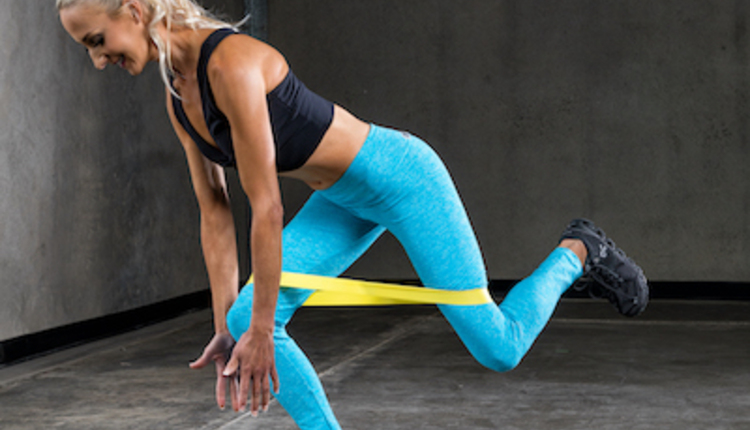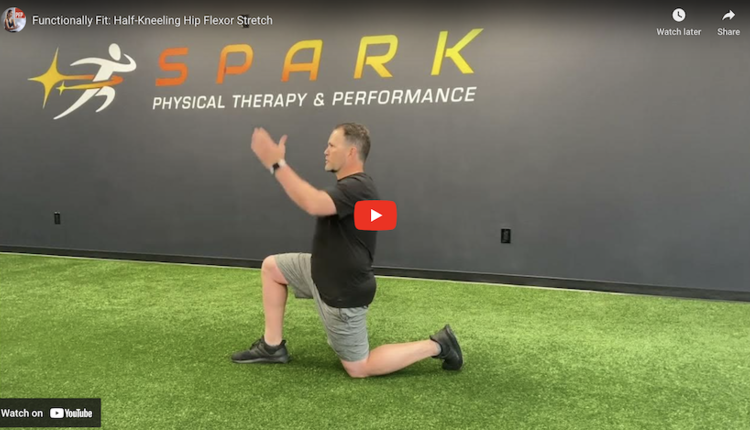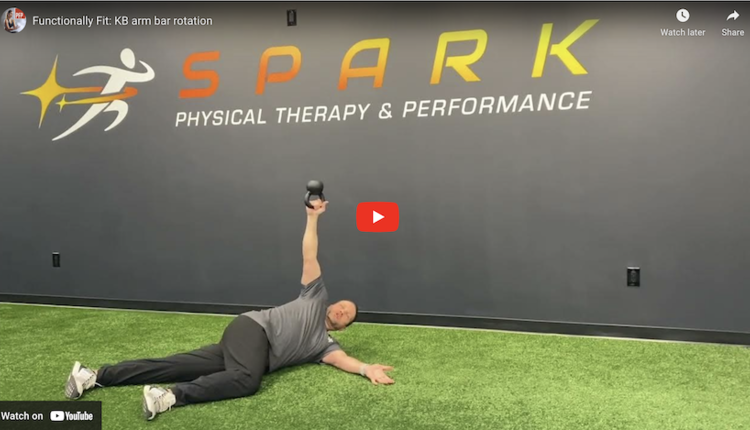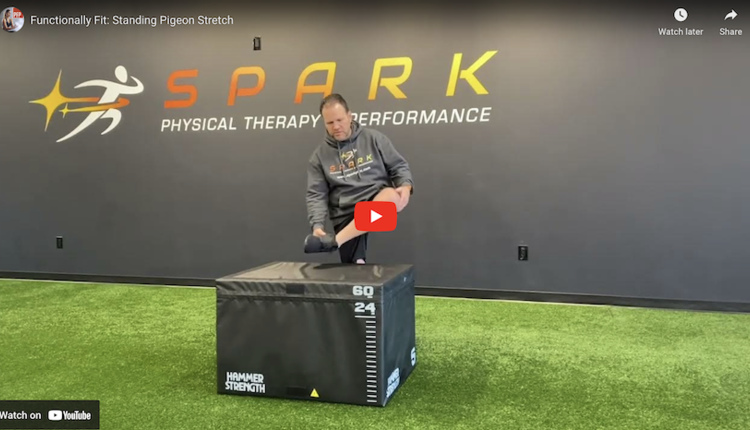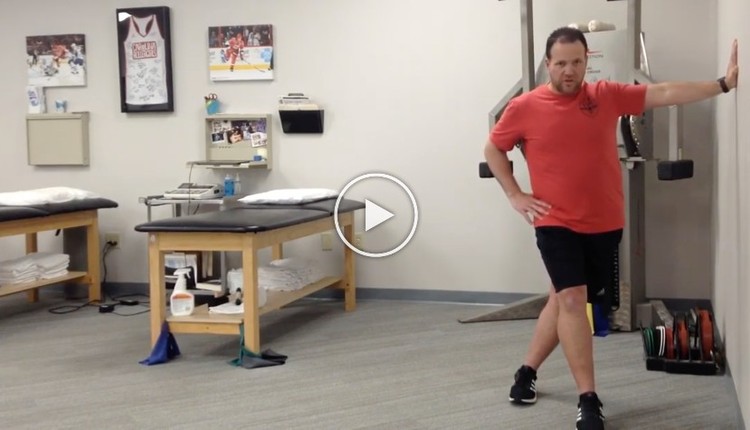The RDL or stiff legged deadlift and single leg squat are both effective exercises to strengthen the lower body, improve balance and enhance dynamic stability. I prefer using single leg training to help resolve strength asymmetries in my clients when coming back from an injury and to help reduce injury risk for those involved in cutting, jumping and pivoting sports. This exercise offers a challenging combination of two single leg exercises.

Execution: Grasp two dumbbells or kettlebells while in single limb support on the left leg. Keep the left knee slightly bent (15-20 degrees) as you hinge at the hip and lower the kettlebell toward the floor. Drive the right heel toward the ceiling, while maintaining a neutral spine angle throughout. Pause at the bottom just before the spine begins to round, the knee starts to bend more than the initial starting angle, or a loss of balance occurs.
Return to the upright position with the goal of keeping all the body weight on the stance side and not touching the swinging foot on the ground. On the next repetition, perform a single leg squat while attempting to lightly touch the kettle bells to the floor. Return to the upright position. Repeat this alternating sequence for 5-6 repetitions and then switch legs. Perform 2-3 sets on each side.
It is important to control the descent based on body control and cue the client to avoid common compensations such as unwanted trunk rotation, spinal flexion (especially in the thoracic spine), excessive knee flexion during the RDL or loss of balance. I suggest working on incremental or segmental portions of the motion in order to master form.
Regressions:
1. Decrease or remove the external load
2. Decrease the range of motion
3. Allow a soft touch down of the unsupported foot at the completion of each repetition to steady the body
4. Consider a supported version using upper body assistance (e.g. TRX straps)
Application: This exercise is an effective way to increase hamstring mobility and glute/hamstring strength. Additionally, it will promote quadriceps strength and facilitate single limb and trunk stability, helping to resolve any asymmetry that may be present while reducing lower extremity injury risk. Using kettlebells or dumbbells in both arms allows for heavier loading, however, it is important to maintain proper form to ensure the exercise reinforces the desired movement patterns. Fatigue may be an issue, so limit load, reps and/or sets based on the client’s form.


